How to Make Studying Easier for You?
by epanzo in Teachers > University+
195 Views, 1 Favorites, 0 Comments
How to Make Studying Easier for You?
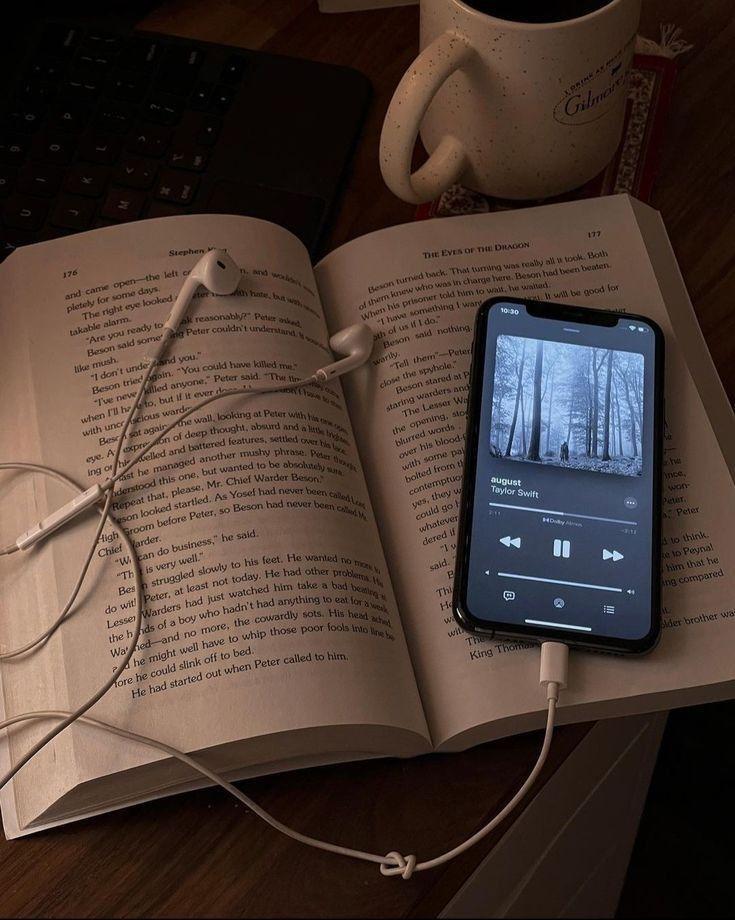
Many people struggle with their study habits, especially college students, so we have established a list of study techniques and habits that can greatly improve this skill set. We discuss various ways to create a great environment and a few techniques that could potentially become your new study method.
Making a Good Environment for Studying (Steps 2-8)
Many things can make studying easier or more difficult; one of the things we identified as a big step is making sure the environment is conducive to studying. We made a step-by-step process that helps make your studying environment the best for you.
Have a Designated Study Space

Having an area you only study in is important to having a productive study environment. This will help signal to your brain that it is time to concentrate. You want to pick somewhere that has good lighting, few distractions, and make sure your seating is comfortable. You want to make sure that it is not too comfortable so that you don't get tired over time. Also, try to make a few different areas to study in, just in case that area doesn’t work for you anymore.
Silence Isn’t Always Golden
![[4_11_24].jpg](/proxy/?url=https://content.instructables.com/F0E/7EF4/MGJQLSX0/F0E7EF4MGJQLSX0.jpg&filename=[4_11_24].jpg)
Learning which type of sound environment you work best in is crucial to a good study session. Some people work better in complete silence, while others need some type of background noise to focus. Determining this will help you out in the long run, so establishing this early is important.
Minimize Distractions
Turn off your phone and put it out of sight. Tell anyone you live with that you will be studying and will need to be left alone until either a certain time or until you tell them it is alright to talk or hang out. Get rid of any mess or clutter in your study area because it can overwhelm your brain, making it difficult to focus and process the information you are learning efficiently.
Organize Study Materials

A cluttered study space can lead to a cluttered mind, making it difficult to focus. Take the time to organize your study materials, including textbooks, notebooks, pens, and other essentials. Having a well-organized study space enhances productivity and makes it easier to find what you need when you need it.
Creating a Comfortable Environment
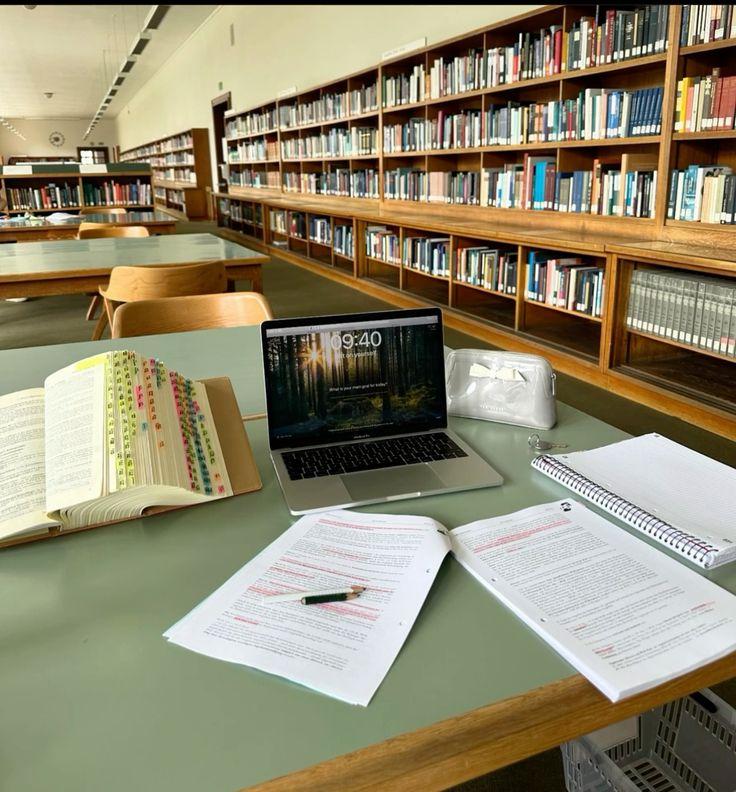
Comfort plays a significant role in productivity, so creating a comfortable and inviting study environment is vital. When constructing your environment, make sure to consider factors such as temperature, lighting, and seating. Make sure to have the temperature at a comfortable level. Make sure to have adequate lighting to reduce eye strain and fatigue. Get a desk and chair that provide proper support and adjustability to prevent discomfort.
Personalize Your Space
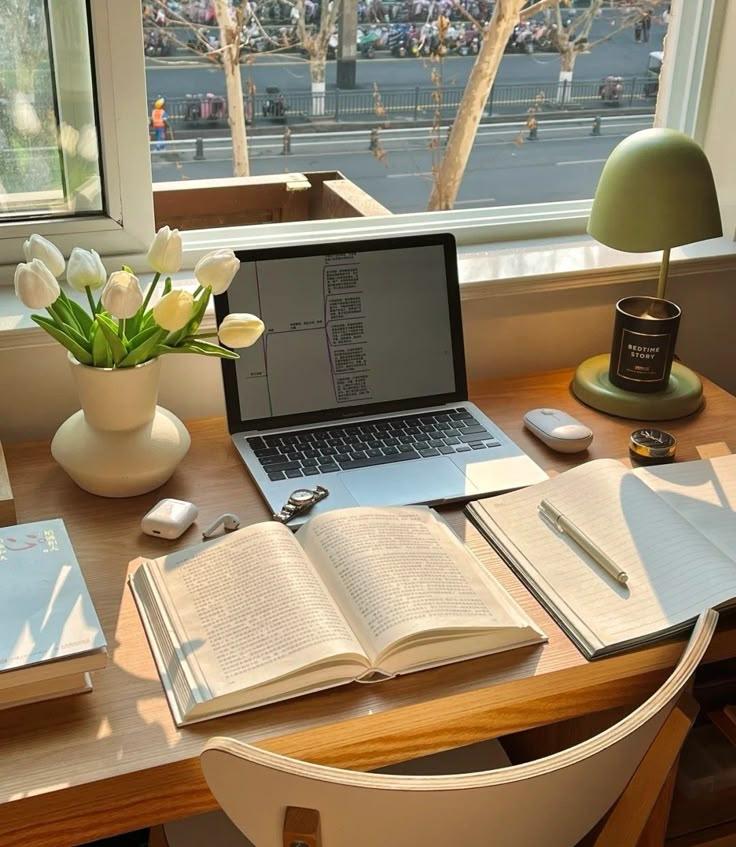

Make the environment more inviting to you. Choose items that will motivate or inspire you. Try to incorporate plants, even if they are fake, to bring a sense of calm and tranquility to your space.
Establishing a Routine
Consistency is the key to studying effectively. Try to make a daily study routine that includes study times and breaks. Stick to your routine as often as possible, but also be flexible and willing to adjust as needed based on extrinsic circumstances.
Learning How to Study & Study Styles (Steps 10-14)
There are many different ways to study. Here are some methods that can help you better retain and learn information from your classes!
SQ3R Method
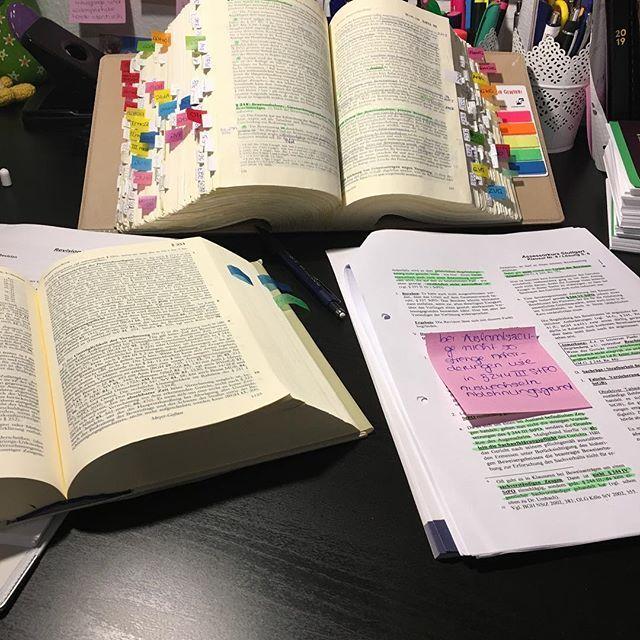
For reading and understanding texts.
- S: Survey, pre-read the chapter, look at headings, keywords, topics, diagrams, etc. For example, say you are reading a chapter in your textbook for your anatomy class. You read over the heading and see that it is talking about the physiology of bones, how they function, and how the structures work.
- Q: Question, after skimming over the chapter, write yourself questions based on what you saw while surveying the chapter. Back to the anatomy example, after skimming the chapter about bone physiology, you could write down questions, such as, “How does the structure of bones affect the function?” or “What is the importance of bone function and its relation to other bodily functions?”
- 3R: The Three R’s, read, recite, and review
- R: Read, read the chapter thoroughly, and answer the questions you made to the best of your ability.
- R: Recite, refer to your questions, read them again, and try to teach them to yourself to strengthen your understanding
- R: Review, reread your questions and answers as often as you can. This also helps strengthen your knowledge of the topic and helps to retain the material you need to know.
The Feynman Technique
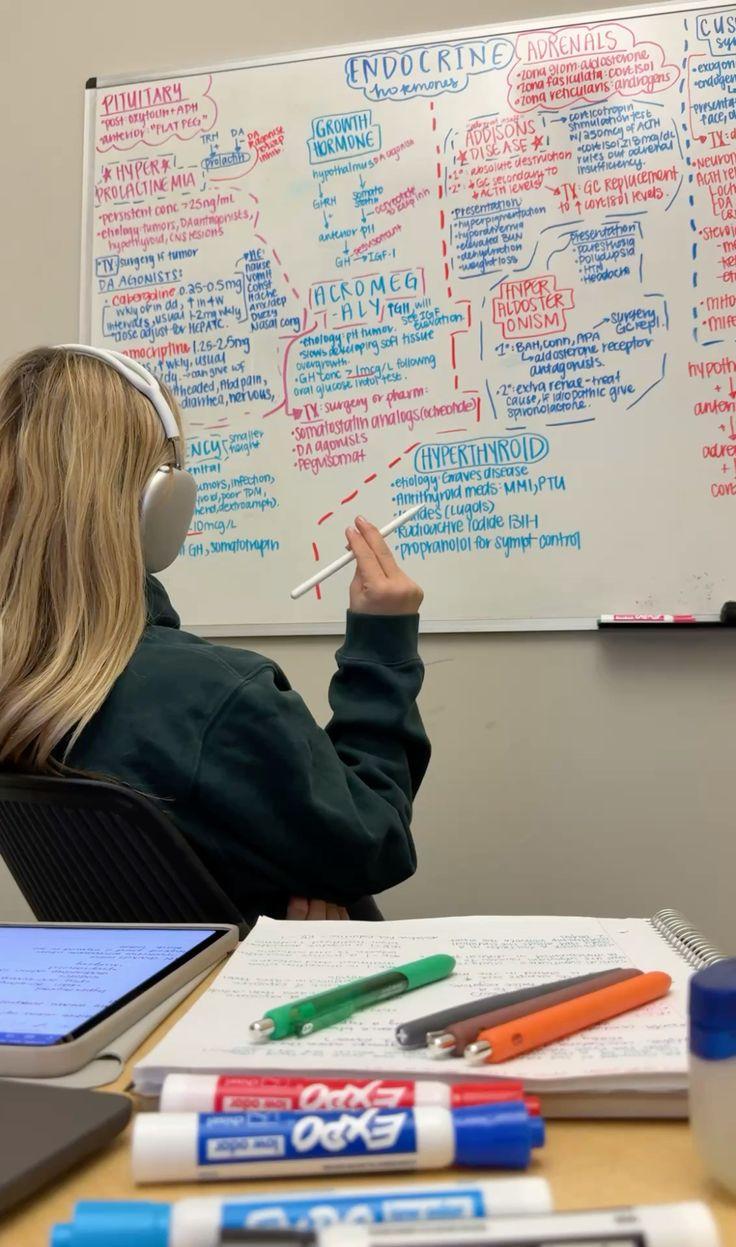
A four-step process for retaining and learning topics quickly, created by Richard Feynman, a Nobel Prize-winning physicist.
- Step 1: Choose your topic to study.
- This step is pretty self-explanatory. Choose whatever topic you need to learn quickly, whether it's for an exam you have in a few days or a topic you just want to learn.
- Step 2: Teach the topic to yourself or to someone else.
- Reading your notes out loud as if you were the professor for the class. Writing it down on a whiteboard while you do this and referencing your notes can also be helpful in this process. This step can be hard because teaching it to yourself can seem embarrassing or weird, especially if you are alone and talking to yourself, but it works. Teaching it to someone else can be less awkward, or even just putting some stuffed animals in front of you and teaching it to them can make this step less awkward. You could even teach it to your pet.
- Step 3: Return to the material if you get stuck or forget a topic.
- While teaching the subject, if you get stuck or suddenly forget a topic, refer back to your notes. Go back to step two and then teach it again. Do this until it sticks, and you can teach the topic without your notes.
- Step 4: Simplify the explanations and create analogies
- Keep simplifying it until it's easy to understand and teach. Creating analogies can aid in this. Especially in STEM and science classes, where you have to memorize complex topics. For example, if you have to memorize the layers of the epidermis in your anatomy class, a common analogy used is “Come, let's get sunburned”. It uses a letter from each layer of thick skin and relates to the skin, making it easier to remember the different layers.
Active Recall
A method where you continuously test yourself on the topics you need to learn instead of just memorizing and reading your notes. While there aren't really steps to this one, you can pick and choose which methods help you the most, or even do all of them!
- Test yourself: Make flashcards, quizlets, knowts, etc., and test yourself regularly.
- Practice Questions: Some textbooks for certain classes have practice questions and quizzes in the text. If your textbook doesn't, then looking up practice questions on the internet can also help. Your professor might even have some practice quizzes or questions for you!
- Blurting: Writing everything you know on a piece of paper or whiteboard without looking at your notes is very effective and uses active recall. It doesn't have to be in order or neat, just blurt out everything you know about the topic and go from there.
Mind Mapping
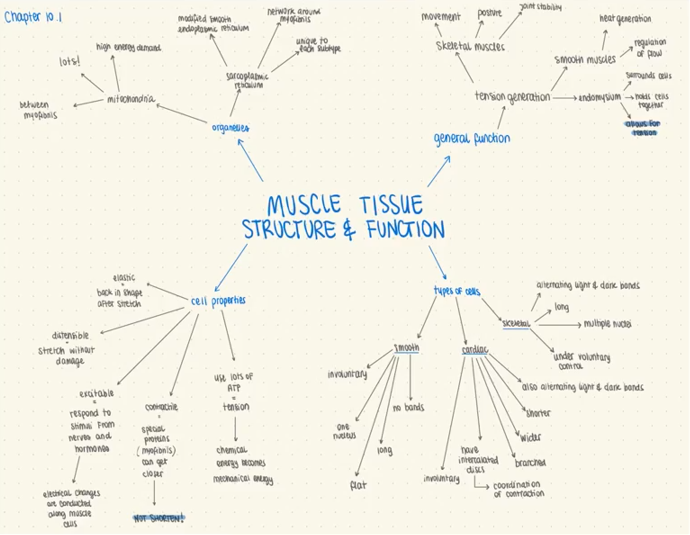
This method is really helpful for visual learners. It involves creating a map of a core topic and everything related to it. This can be done on a piece of paper, whiteboard, computer, etc., basically anywhere you can draw.
- Step 1: Establish a main idea:
- What is the main topic of the exam you're studying for, or what is the big picture of the study topic?
- Step 2: Branch out from the core idea:
- Create branches of other topics or keywords that connect to the main idea, then go from there and keep adding to it until it has all the ideas you want to study.
- Step 3: Add color and draws:
- Adding color or highlighting words can help you distinguish between important keywords and topics that are not as important. It also helps your brain better recall the information later on. Adding mini diagrams or drawings can also help your memory when referring to the map as you study.
- Step 4: Do not write full definitions:
- The point of a mind map is to help you summarize and better recall the information. If you were to write out every definition for every term, it would take forever, and you would most likely run out of space. That is why keywords are so important for a mind map, as they let you fit more terms on the map.
- Step 5: Study:
- Study the map, rewrite it, and review it as much as you can until the ideas stick!
Other Study Hacks!
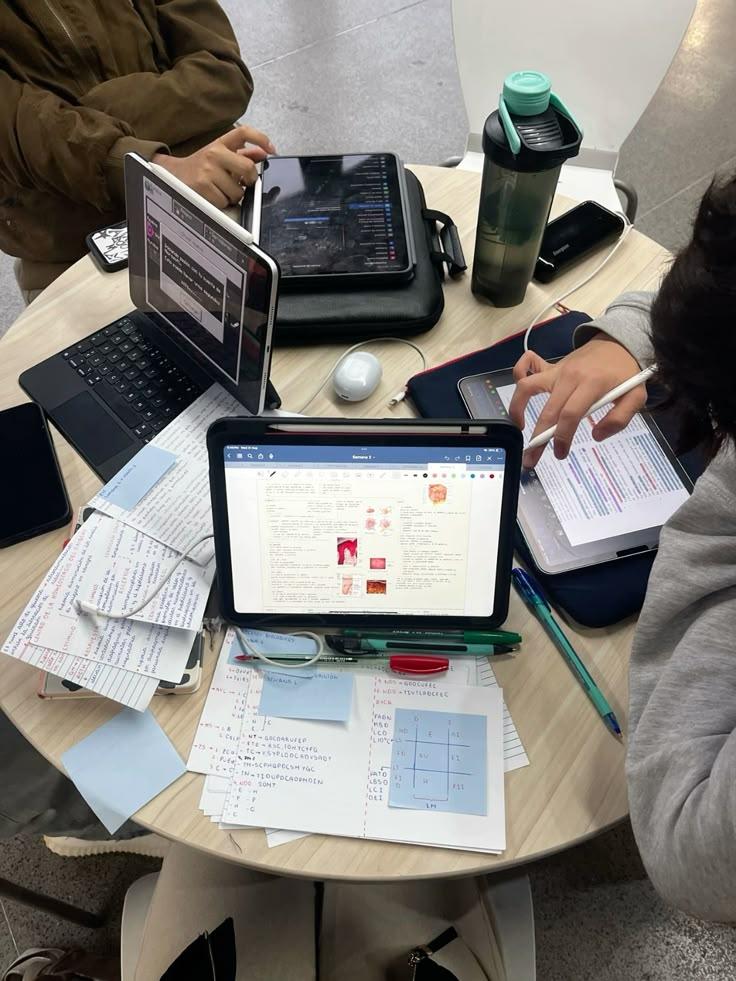
- Review content every day:
- This is the only way to actively learn the content. You can’t look at your notes once and expect to learn everything.
- Ask for help:
- Asking for help can be intimidating, especially if you feel like no one else is struggling, but you must advocate for yourself.
- Use Color:
- Adding color to studying is a scientifically backed method that makes your brain retain information better. Plus, it's fun and makes learning more appealing. Yellow, blue, and red have been proven to help memory retention the best.
- Discover your learning style:
- Knowing what style of learning works best for you is important in helping you pick the best study method.
- Take breaks and fuel your brain:
- Resting your brain and getting enough sleep is just as important as studying. Without proper rest or fuel, your brain will not be able to learn as efficiently as it should. Having snacks on hand is helpful as well!
- Find a good study buddy or group:
- Studying with other people can motivate and help you learn better! It also creates a system where you and your group or friends can hold each other accountable and influence you to focus.